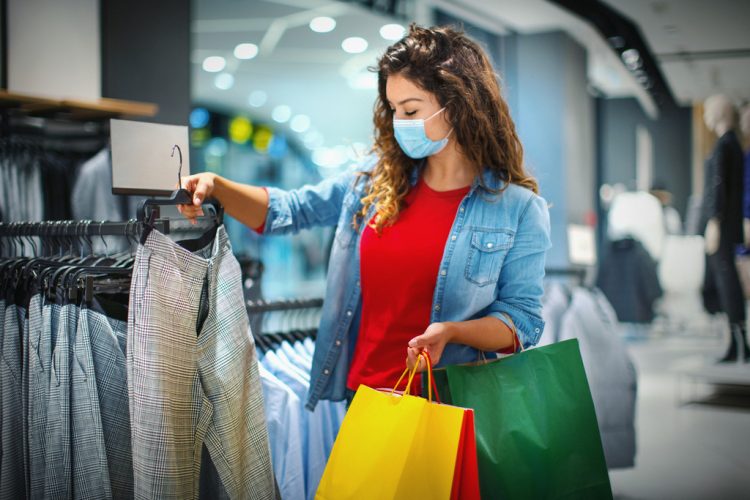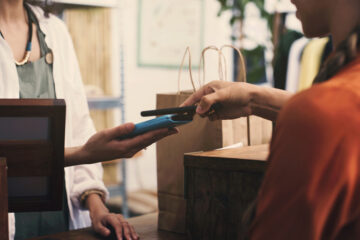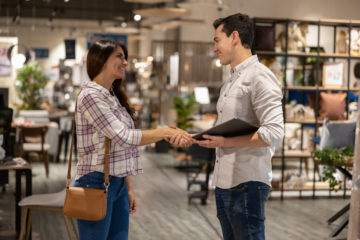Shopping in the post-COVID era

After enduring months of restrictions last year, 2021 is already looking a lot brighter for retailers. With vaccination programs underway, health experts expect that COVID-19 will be contained and perhaps even conquered this year, so consumers are eagerly looking forward to getting their old lives back. But what will shopping look like in post-COVID era?
The relaxation of restrictions is not going to proceed in a linear fashion and the sight of consumers wearing masks will no doubt remain common even when the majority of the population are vaccinated. Some segments of the population will no doubt still be hesitant about booking vacations to faraway places, frequenting crowded bars or standing in line in a store on a busy Saturday afternoon.
According to Deloitte, consumer spending will continue to be affected by COVID-19 in the first half of 2021 and a recovery will not start to be evident until the second half of the year. Even when spending does return to pre-pandemic levels, the way people shop and their spending priorities have changed dramatically and those changes could be here to stay.
Acceleration of online
The most obvious change, of course, is the boost that eCommerce has received during the pandemic. Consumers who had previously been reluctant to shop online had no other choice when non-essential stores were forced to temporarily close. While many consumers prefer to shop in a physical store for categories like fashion or furniture, the acceleration in e-Commerce is affecting all categories and will persist once the COVID-19 pandemic is over.
Low-touch fulfillment
Another change that the pandemic has accelerated is the use of omnichannel fulfillment options in stores. With shoppers wary of physical contact, retailers like BUT, the French leader in home furnishings, appliances and decor, have introduced services like Click & Collect, Buy Online Home Delivery, and Curbside Pickup, with the aim being to minimize the time that people spend in close contact with shoppers and staff. As the fear of close human contact recedes, consumers will continue to use these services because they offer something that more and more shoppers want: faster and more convenient checkout.
Contactless payments
The trend to contactless payments was already underway before the pandemic as retailers looked to contactless payments, which can be realized using a card, smartphone or QR code, to reduce lines and also the time that staff have to spend counting and reconciling cash. The pandemic caused many countries to encourage consumers to switch to contactless payments and payment services firms raised the maximum amounts that can be accepted without needing authorization. According to a Mastercard survey, 74% of of consumers plan to continue using contactless when the pandemic is over. Want to know more about contactless payments? Openbravo partner Adyen, a leader in payments processing, has more here.
👉🏼 Read the case study on how BUT, the leading French retailer of furniture and home décor, has adapted to omnichannel retail and COVID-19 with the Openbravo Store solution to support Click & Collect and curbside delivery, among other services.



